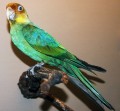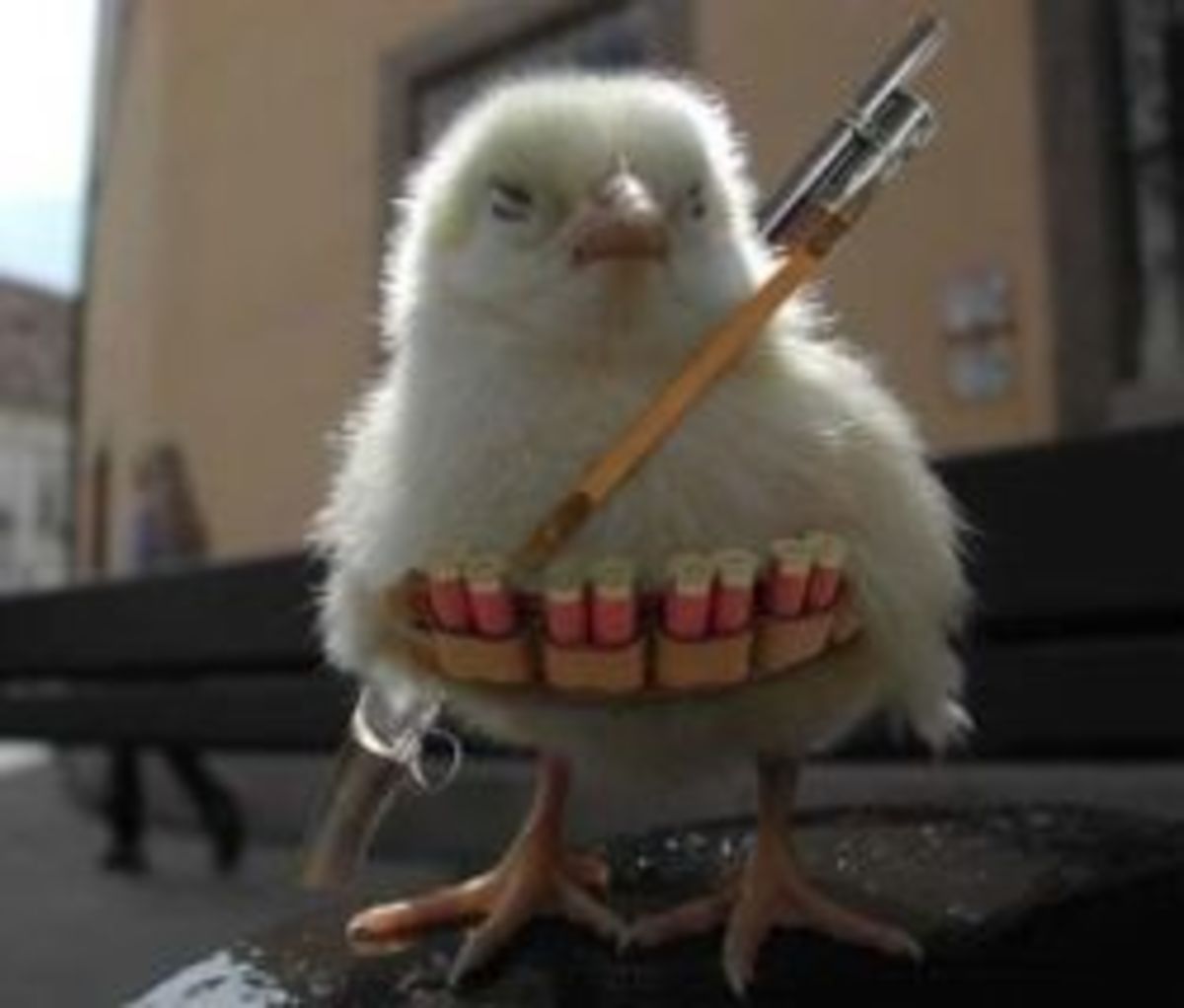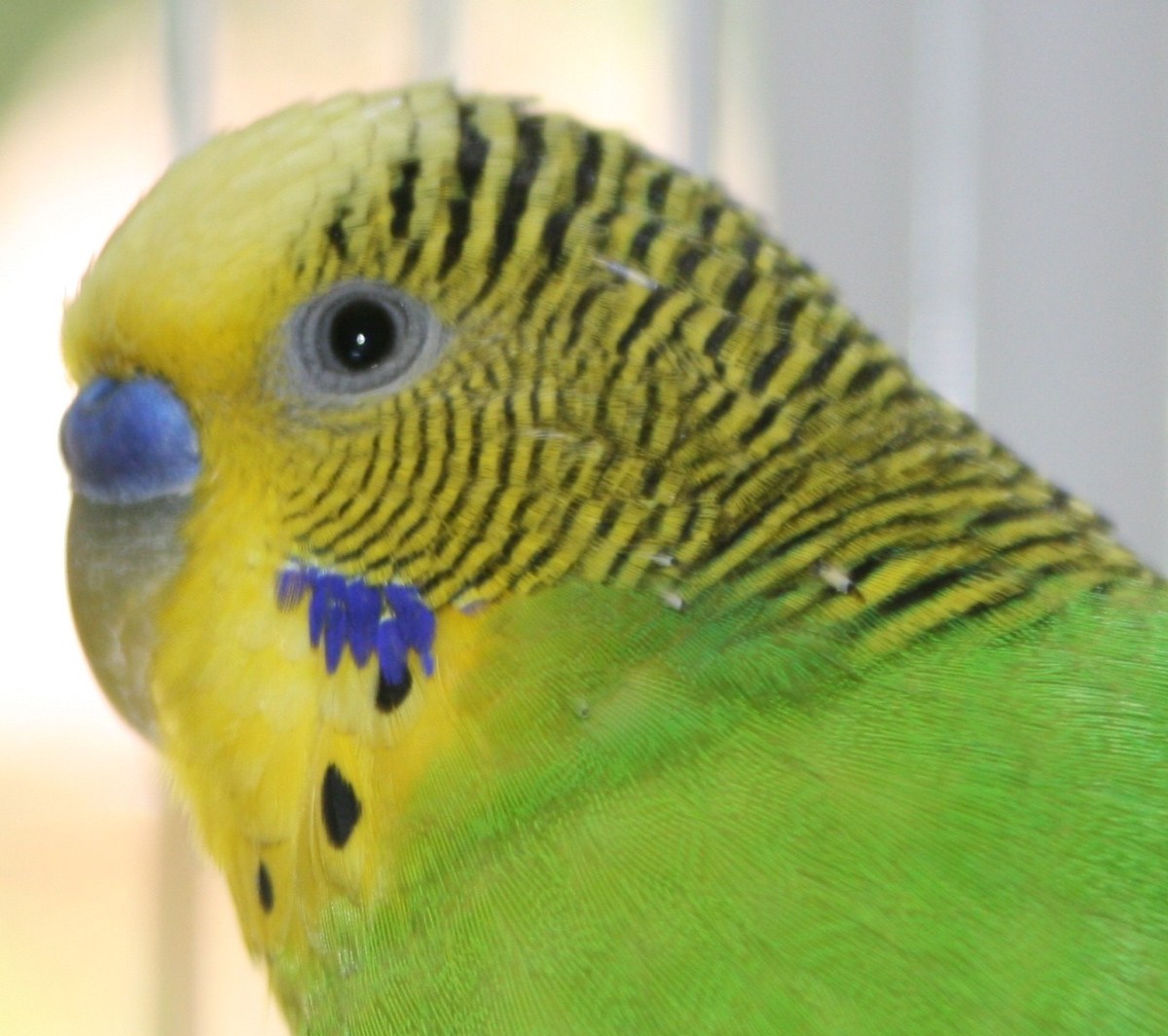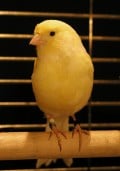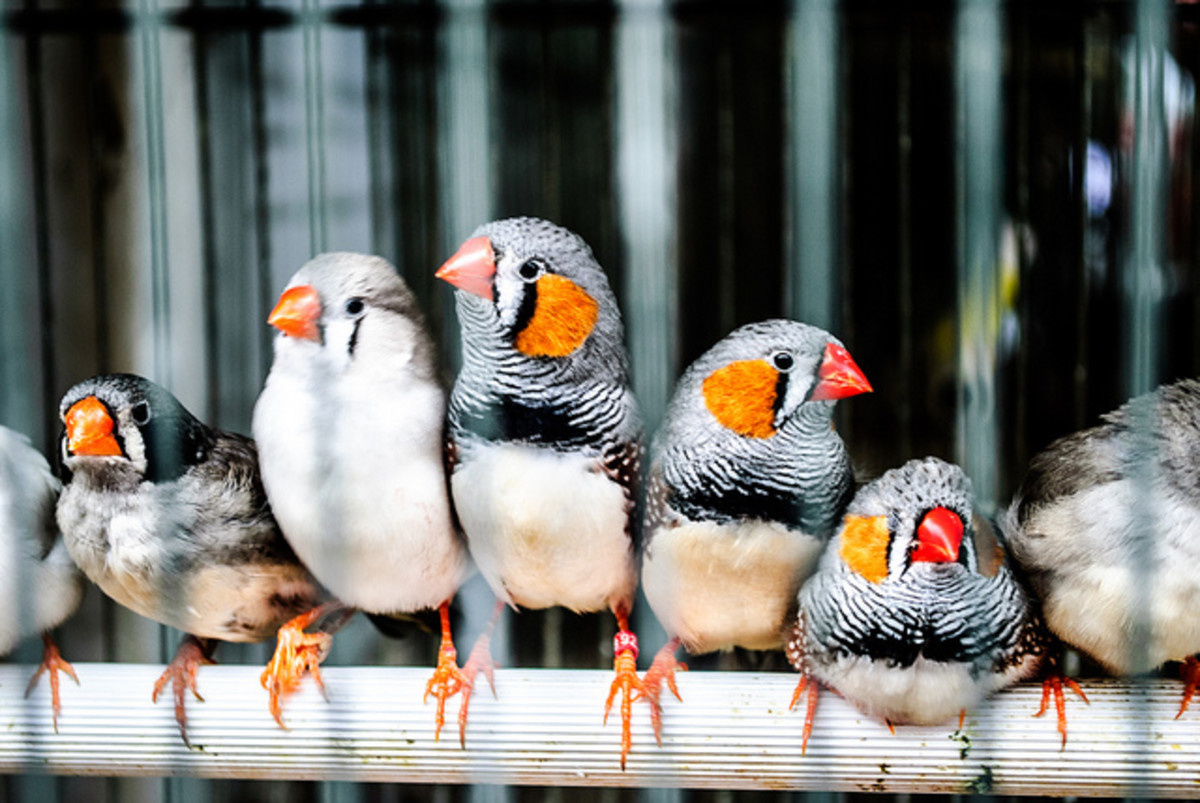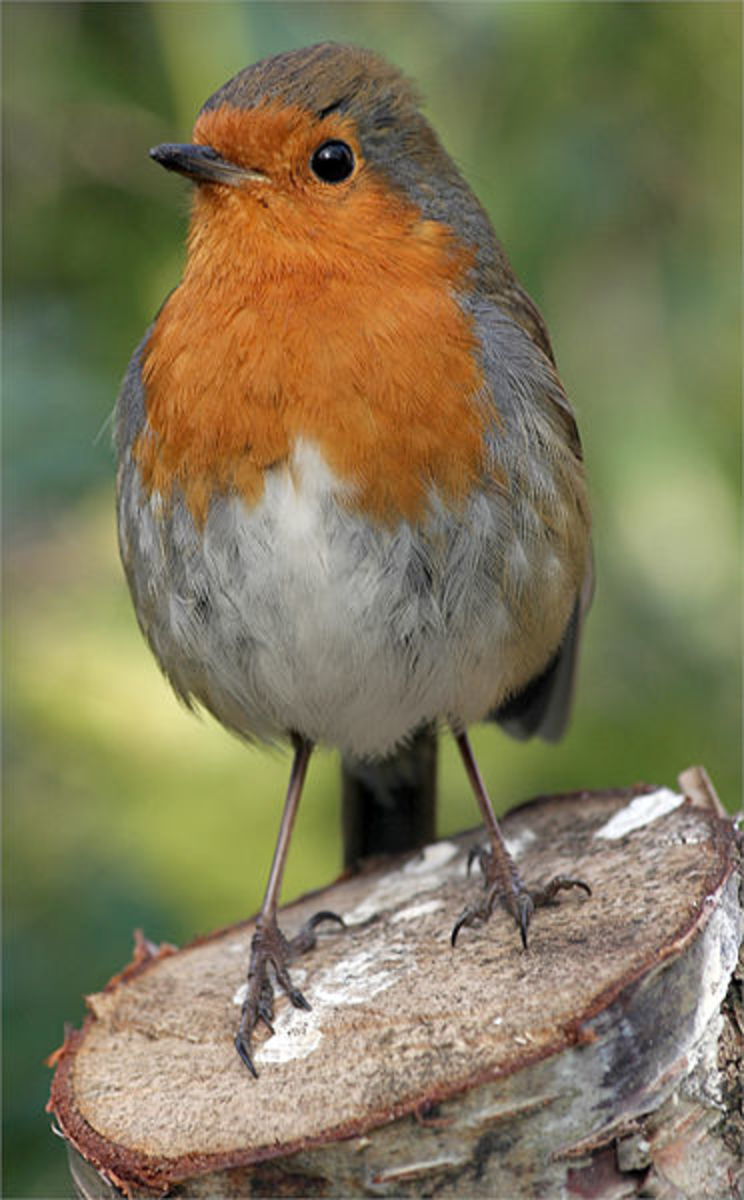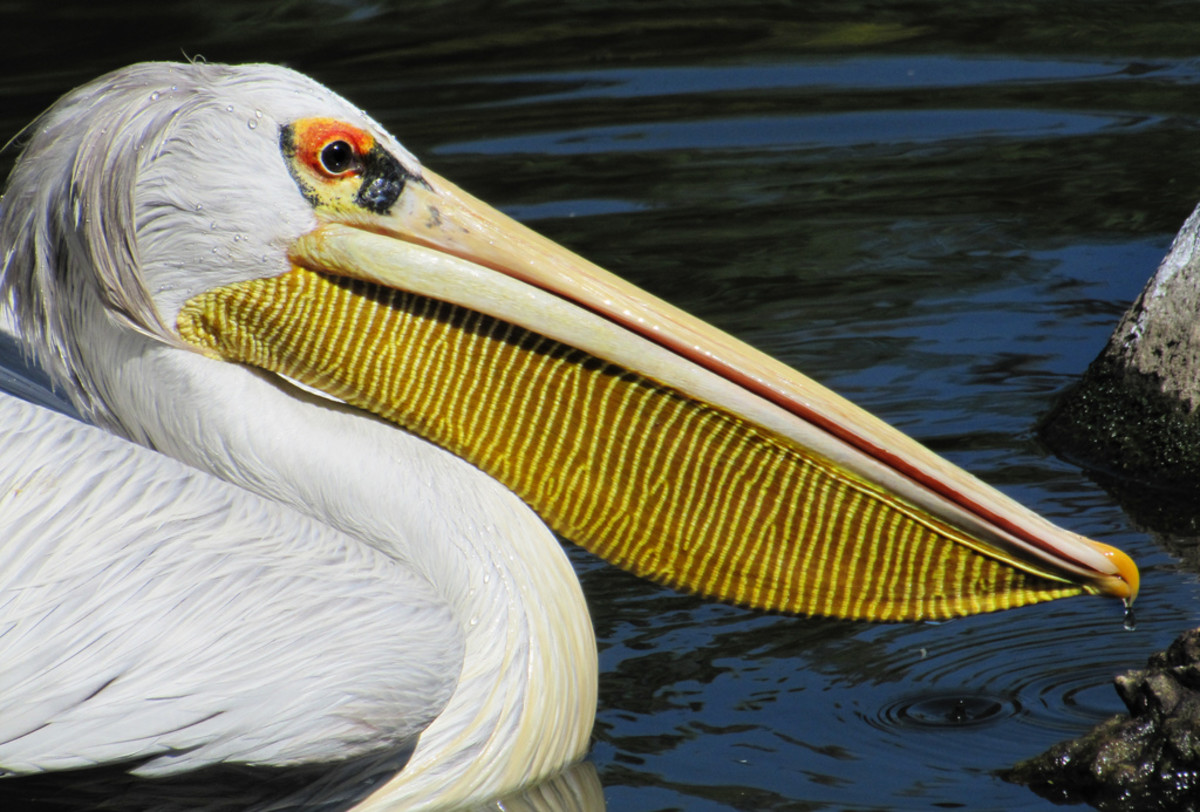How to take care of your parakeet.
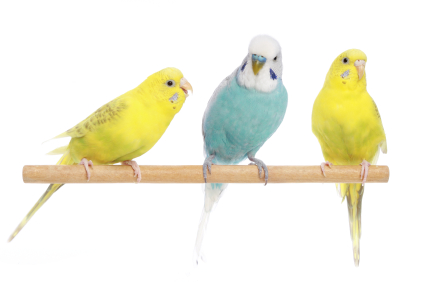
Budgies
The parakeet, or budgerigar—as it is known in the wild—is by far the most popular pet bird choice for kids. They are small, relatively inexpensive, playful, and have a relatively low noise level. However, they do need a few things.
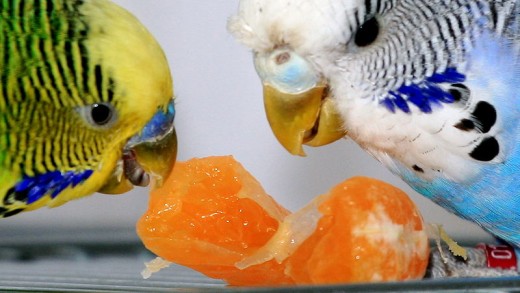
How many to get
Budgies are flock birds, but can bond with their human owners rather than just other budgies. If you only have one or want to bond with a budgie, you will need to spend daily one-on-one time with them. If you don't feel like you will be able to fulfill that, then I suggest you get two or more. The birds will be much happier that way, even though they may bond together rather than with humans.
Cage Essentials
There are several essential things that you should have in your bird cage to ensure that your birds stay happy and healthy.
Water
Parakeets also need an accessible supply of clean water. Perhaps the easiest way to do this is to give them some water in a dish, but you can also buy specially made containers to put their water in.
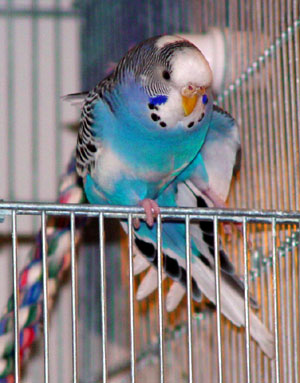
Food
While this might seem obvious, you should always have a steady source of seed, pellets, and fruits/vegetables available for your birds. Most, if not all, pet stores will sell several types of bird seed. If you choose one that has only seeds, you may want to get a bag of 'pellets' as well. The pellets have many nutrients that will add to your birds' health.
You should start feeding your bird fruits and vegetables as soon as possible. Birds in captivity are often missing several of the nutrients they need, and so a seed/pellet diet is not enough. Pet stores often feed their birds only pellets and seeds, however, so they will not be used to 'wet food'. A good way to start your birds on them is to add it to their food dish or attach them to their toys. A good diet will greatly extend their lifetime, and they can even live to be around 15 years old.
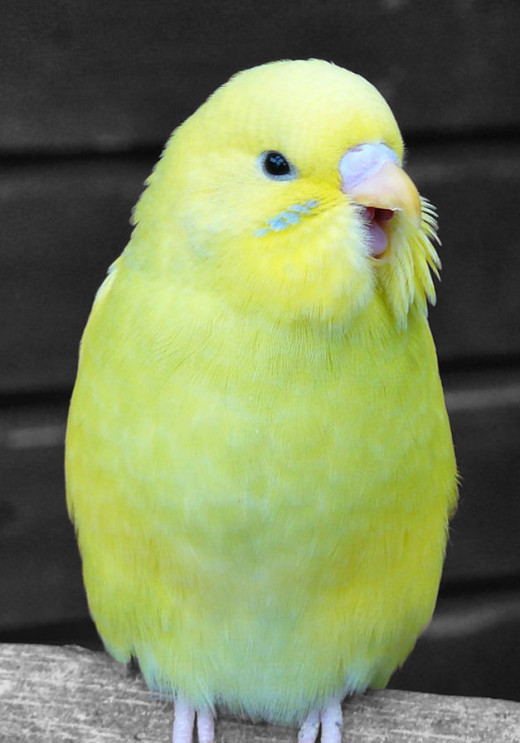
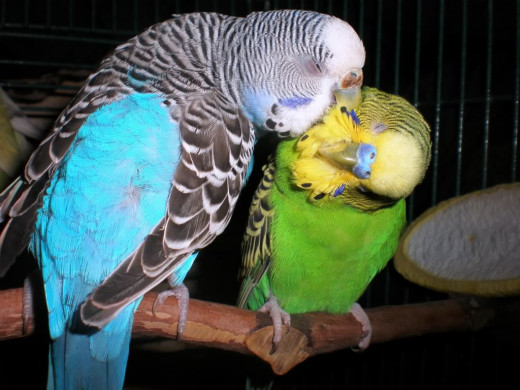
Cuttlebone
A cuttlebone is the inner bone of a cuttle fish, and is often used as a natural source of calcium for birds and reptiles. It is sold at most pet stores in the bird section. It is the most common dietary supplement for parakeets.
Perches
Some people choose to buy specially made perches or to buy cages that come with perches, but wooden dowels are often a cheaper and easier option.They can cost as little as $1, and you can cut them to any size or shape that you want. You should make sure that you choose dowels that are thin enough to fit through the cage bars—which are typically 3/4 of an inch. You can also cut notches in them so that they won't spin, but they typically stay well enough on their own as long as they are thick enough, and notching them will limit your placement options.
I have a notched perch in the door of my cage and I occasionally leave the door open—only while I am sitting right next to the cage working on my computer in case something goes wrong—and let them get out and run around on top of the cage.This can also encourage bonding as they trust me enough to leave their cage while I am here. This is not something everyone should do, however. You should only allow your birds to leave their cage if you have nothing dangerous for them to fly into, eat, or be hurt by in some other way. All fans should be turned off, windows should be covered, and you should ensure that there will not be people walking around or doors opening/closing near the cage. Far too many birds are lost due to total flukes like being stepped on or flying into a window. Trust me, I'm speaking from experience here.
You should also get a few unusually shaped perches to act as both toys and perches for the budgie. Rope and natural perches will also exercise their feet and legs better than a typical wooden perch. While some stores offer rope or 'natural' perches, another cheap option is to pick up sticks and branches in your neighborhood and turn them into perches.
WARNING
Before using any branches as perches in your cage, you should be certain that the wood is safe for birds, as budgies will often chew on their perches or use their beaks to climb on them. You will also need to thoroughly scrub them with hot water and either soak them in bleach or heat them in the oven to kill any germs or bugs. There are many online tutorials on how to do this.
How to make a rope perch for budgies!
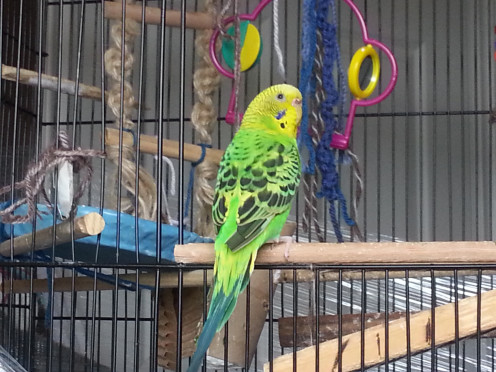
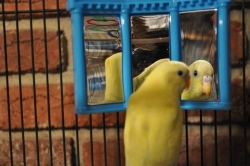
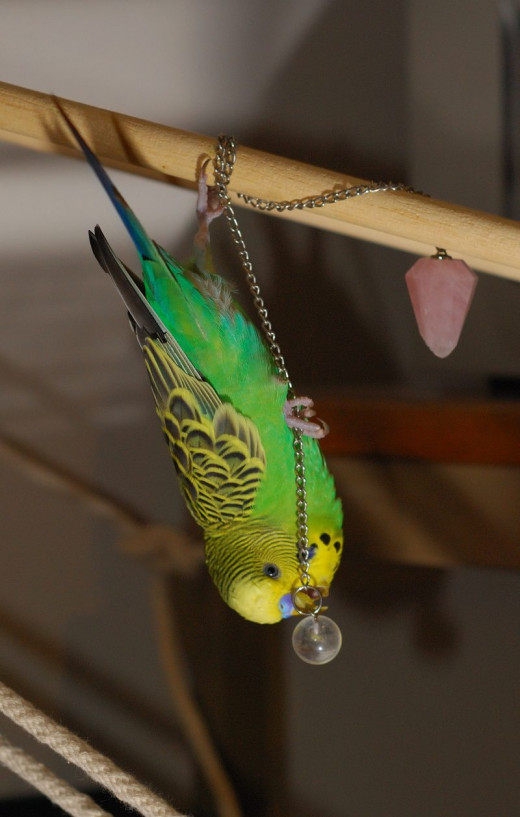
What toys to get
Parakeets need lots of toys to be kept busy and happy. Fortunately, there are many everyday objects that can be used as toys, as well as DIY tutorials online that you can use.
Common toys
- Mirror-Budgies LOVE to look at their reflection
- Swing or ladder-A source of exercise as well as fun!
- Chewing toys-Budgies will have lots of fun destroying their toys
- Toys with bells/beads-Something for curious budgies to play with
Things to make into toys
- Toilet paper or paper towel rolls-You can fill it with seeds and poke holes in it for a foraging toy, attatch tissue paper to the ends, etc.
- Cardboard-Less commonly used than TP rolls, but still a viable option
- Tissues or paper-Budgies love to rip things
- Yarn-Be careful with this, as budgies can become tangled
- Small toy balls or tennis balls-Best used outside the cage as they cannot be hung up
- Bells-Budgies are extremely curious, and will love ringing the bells


